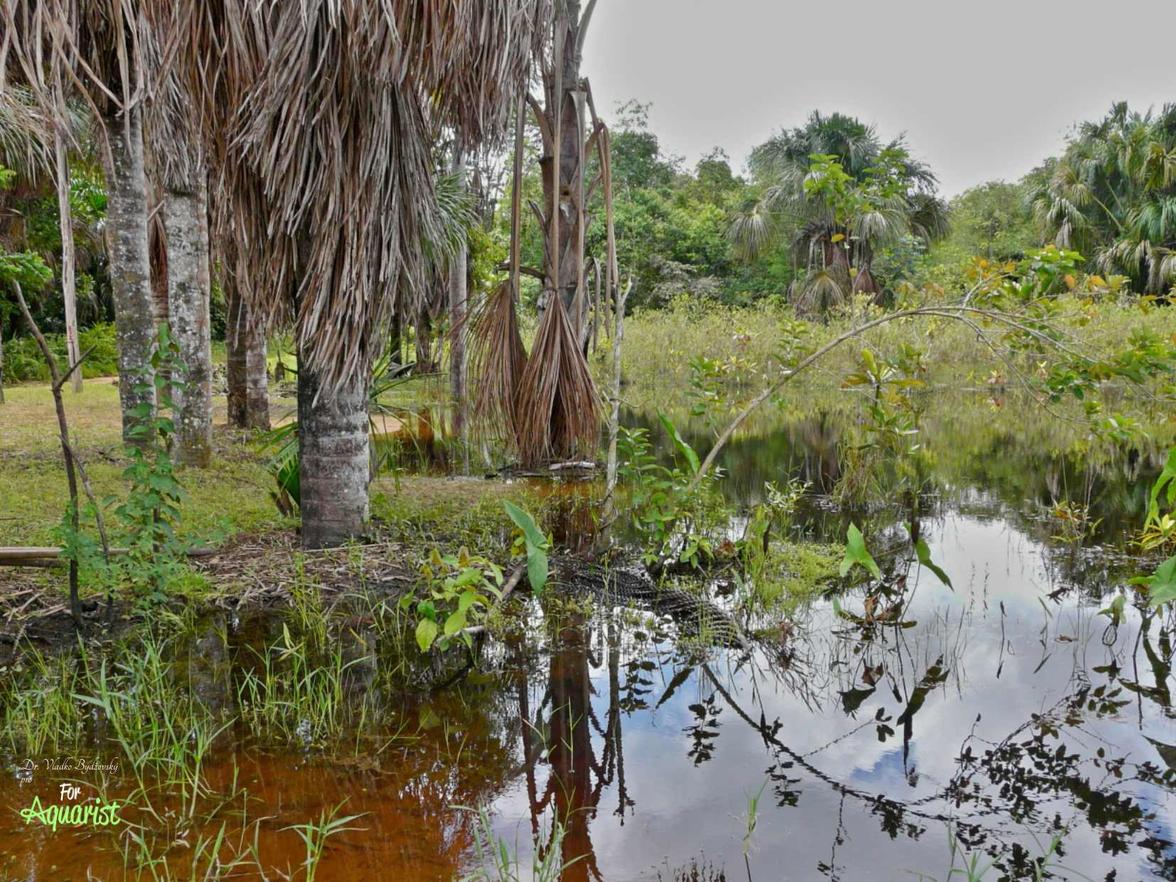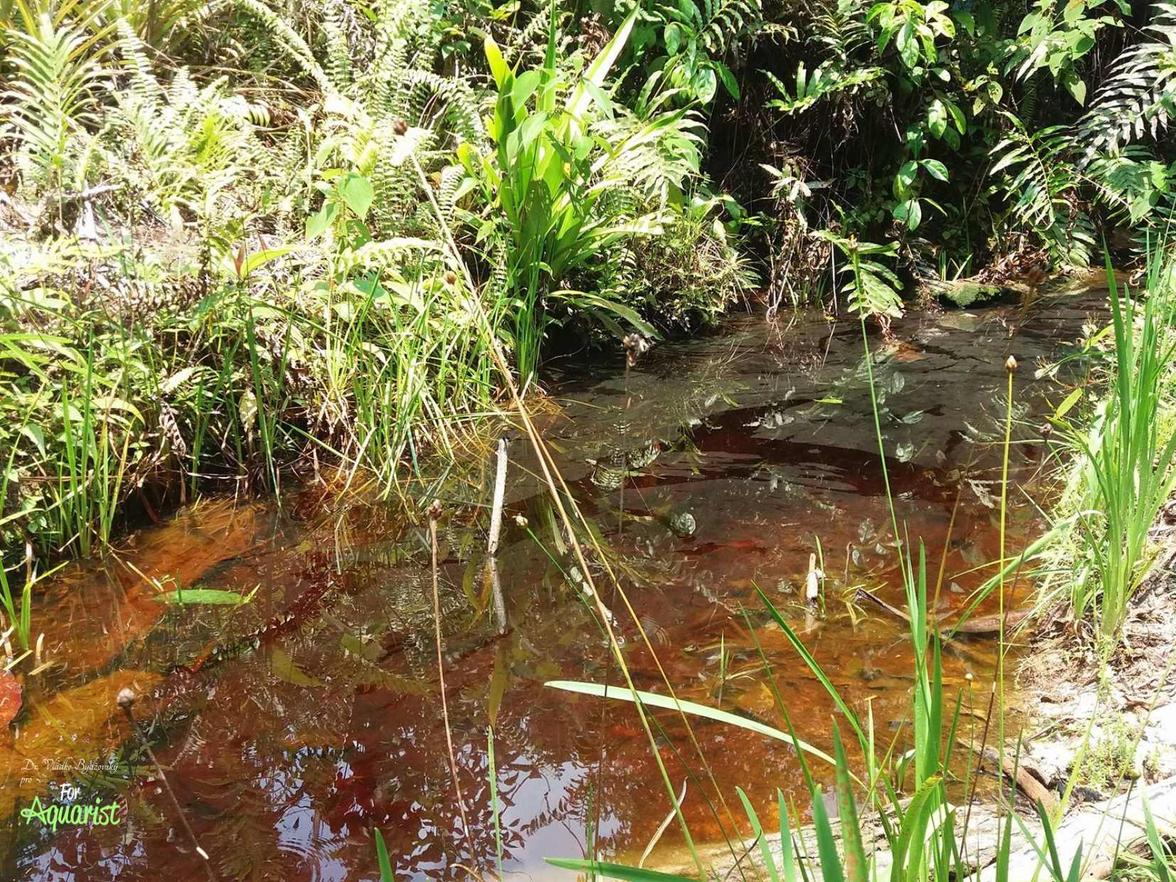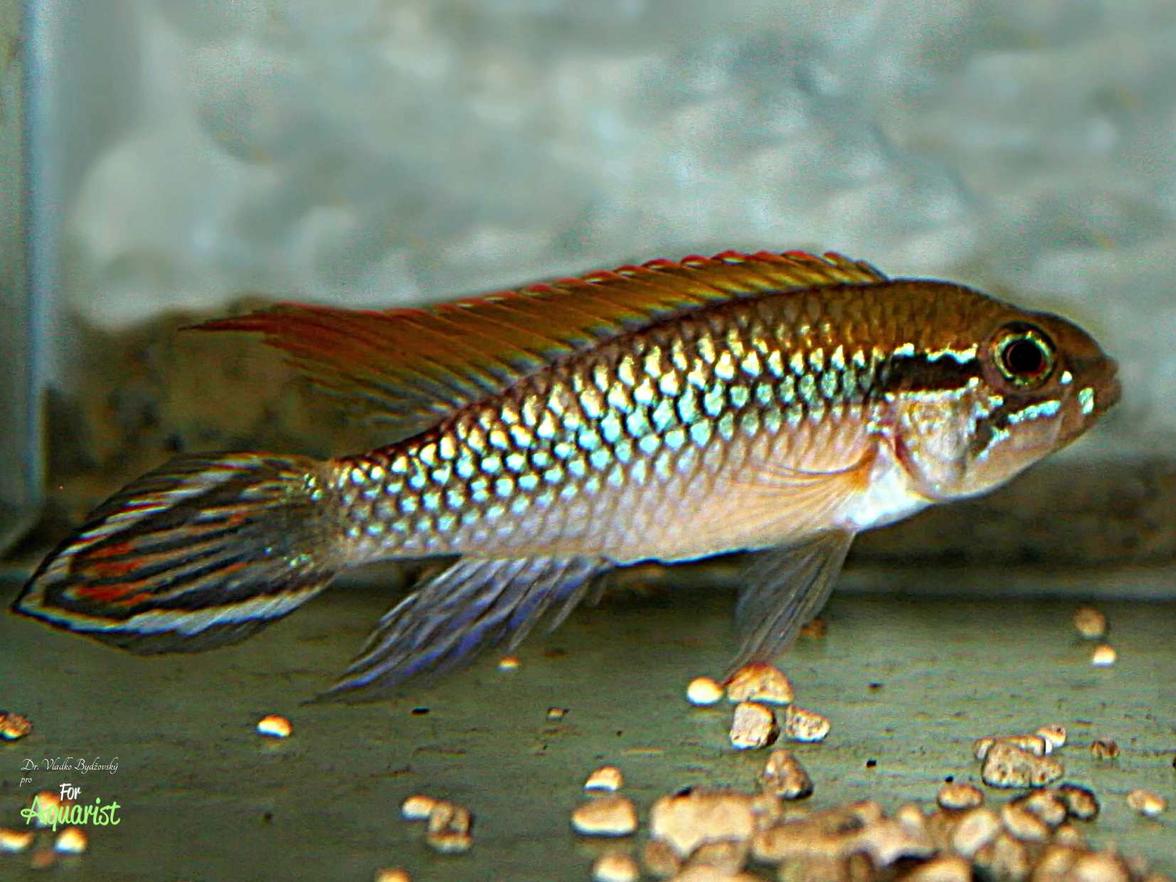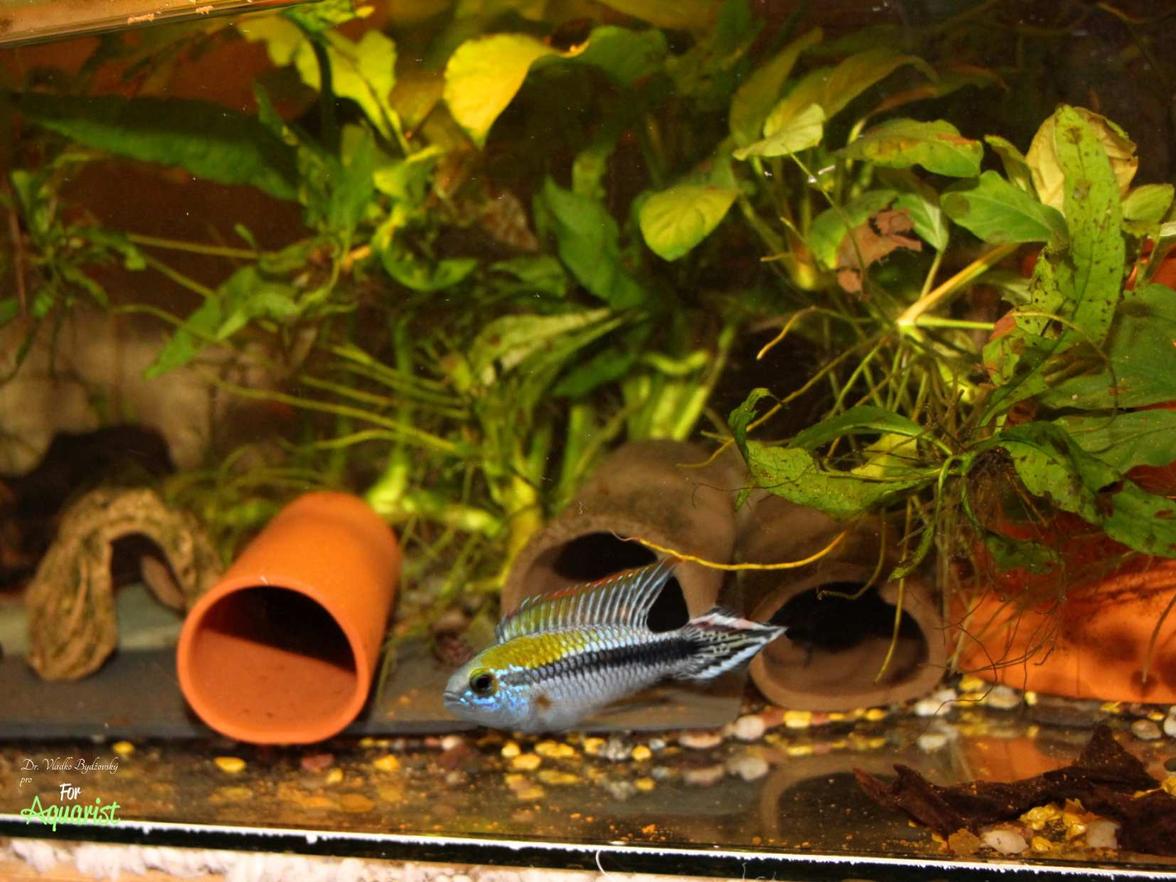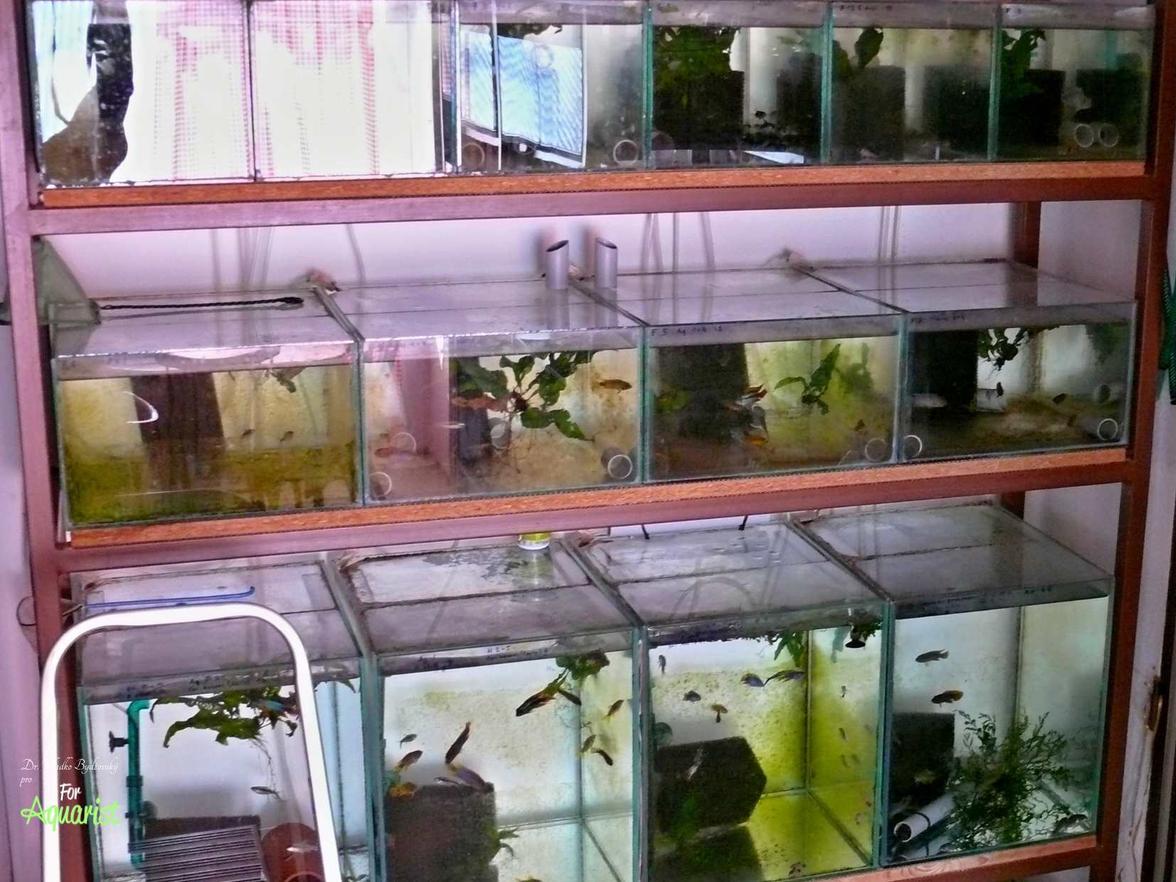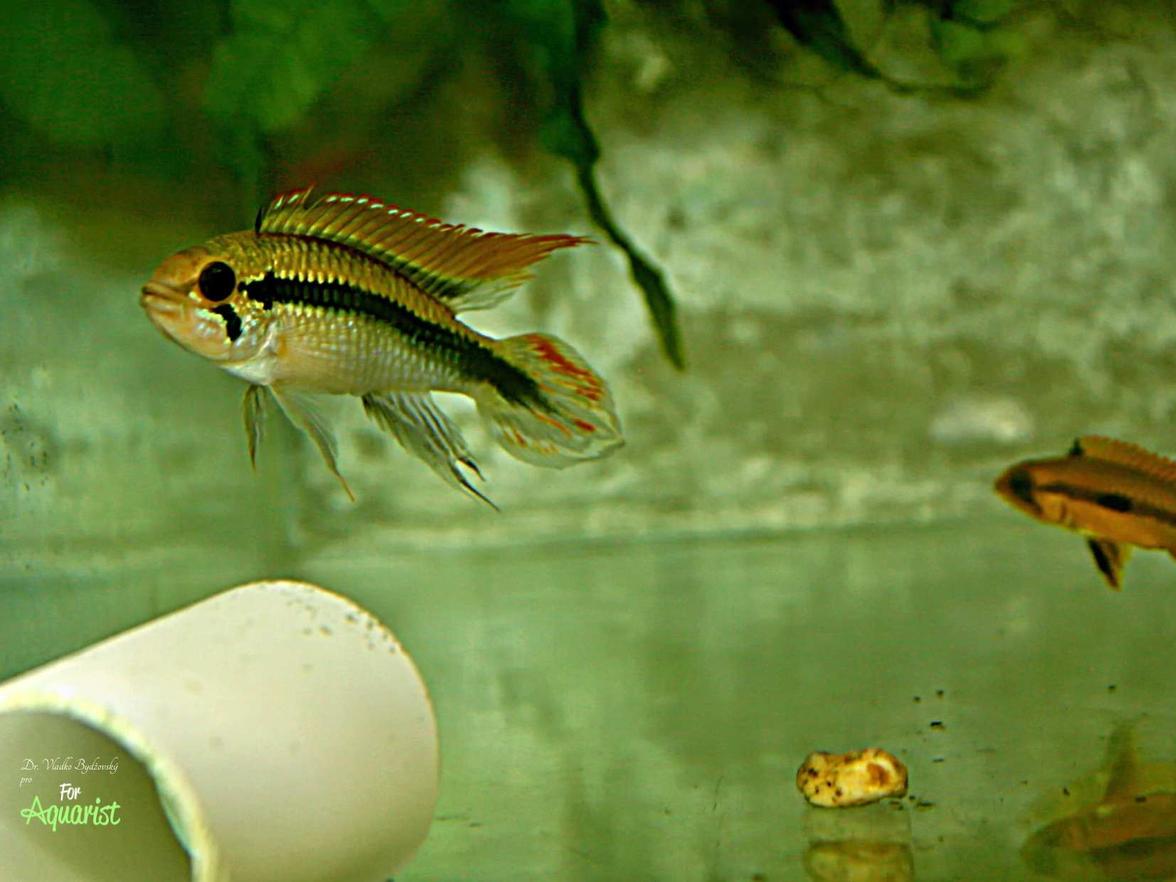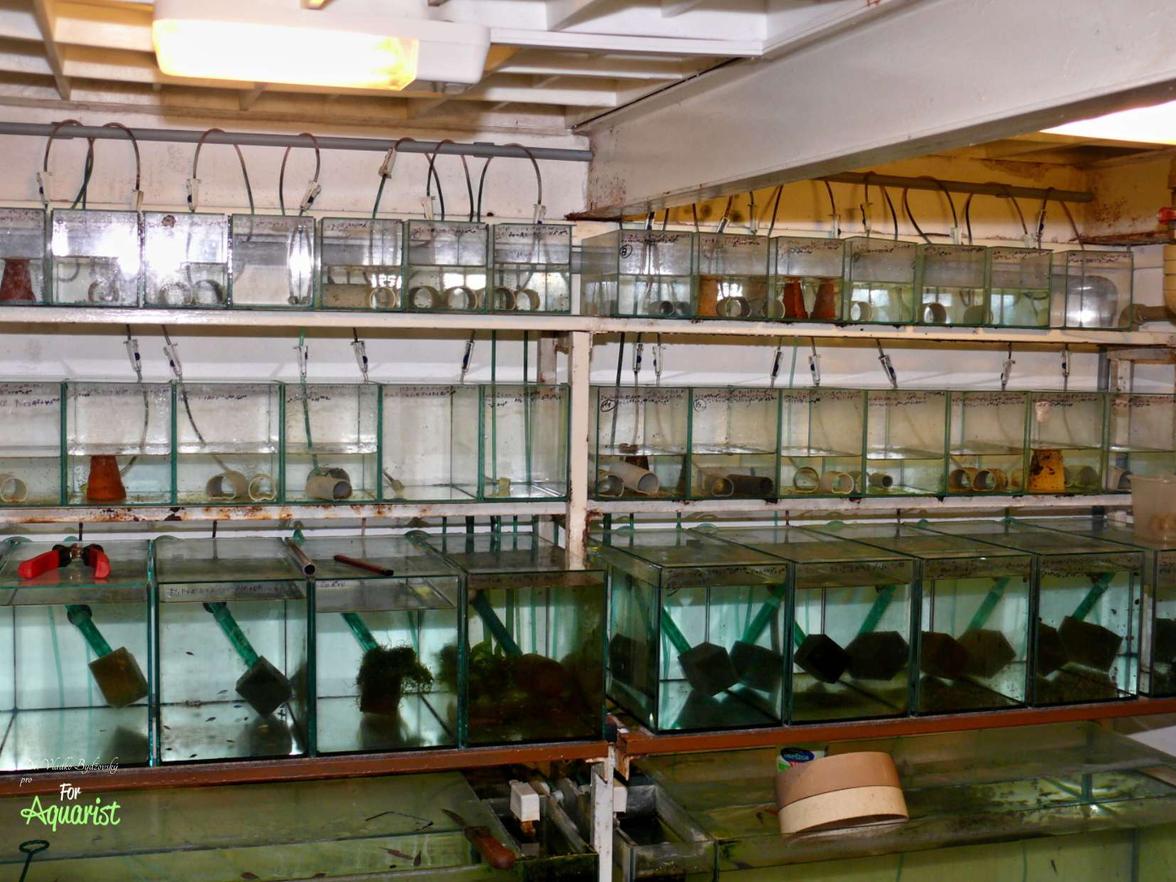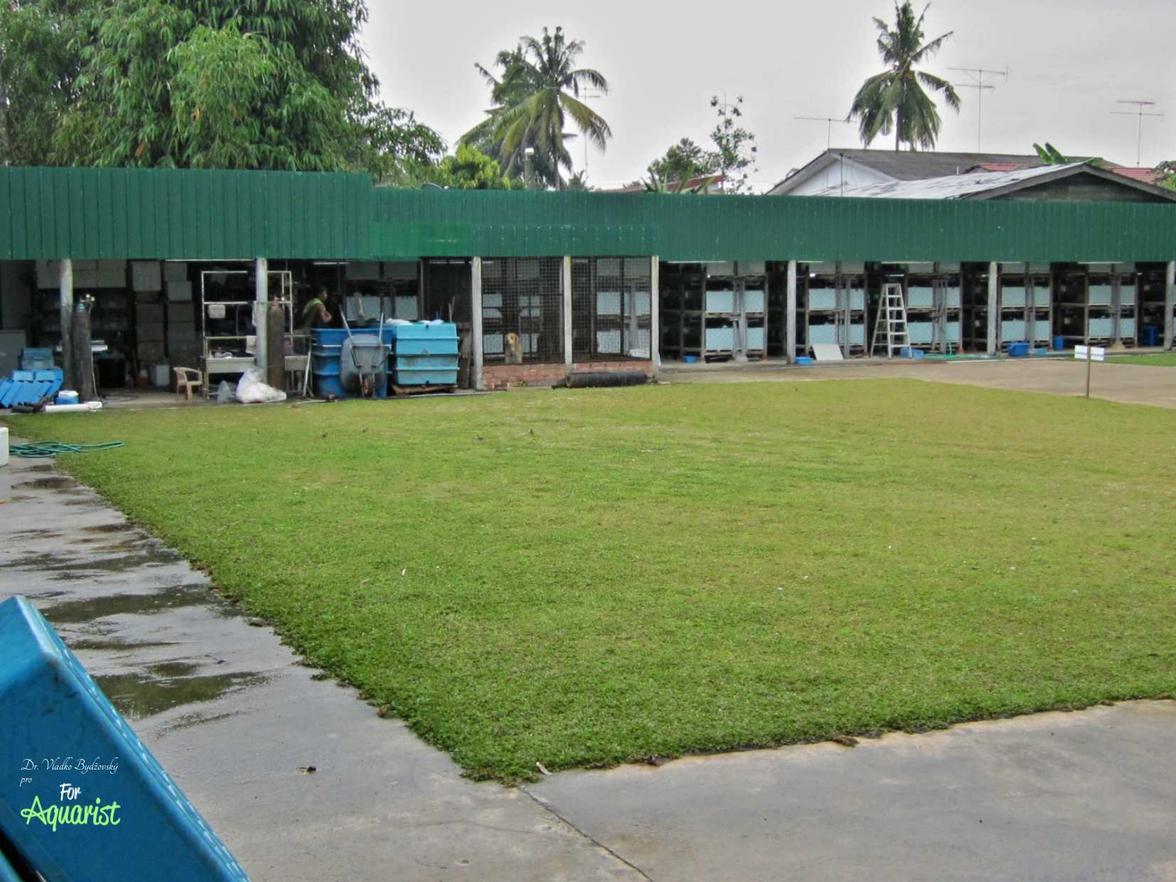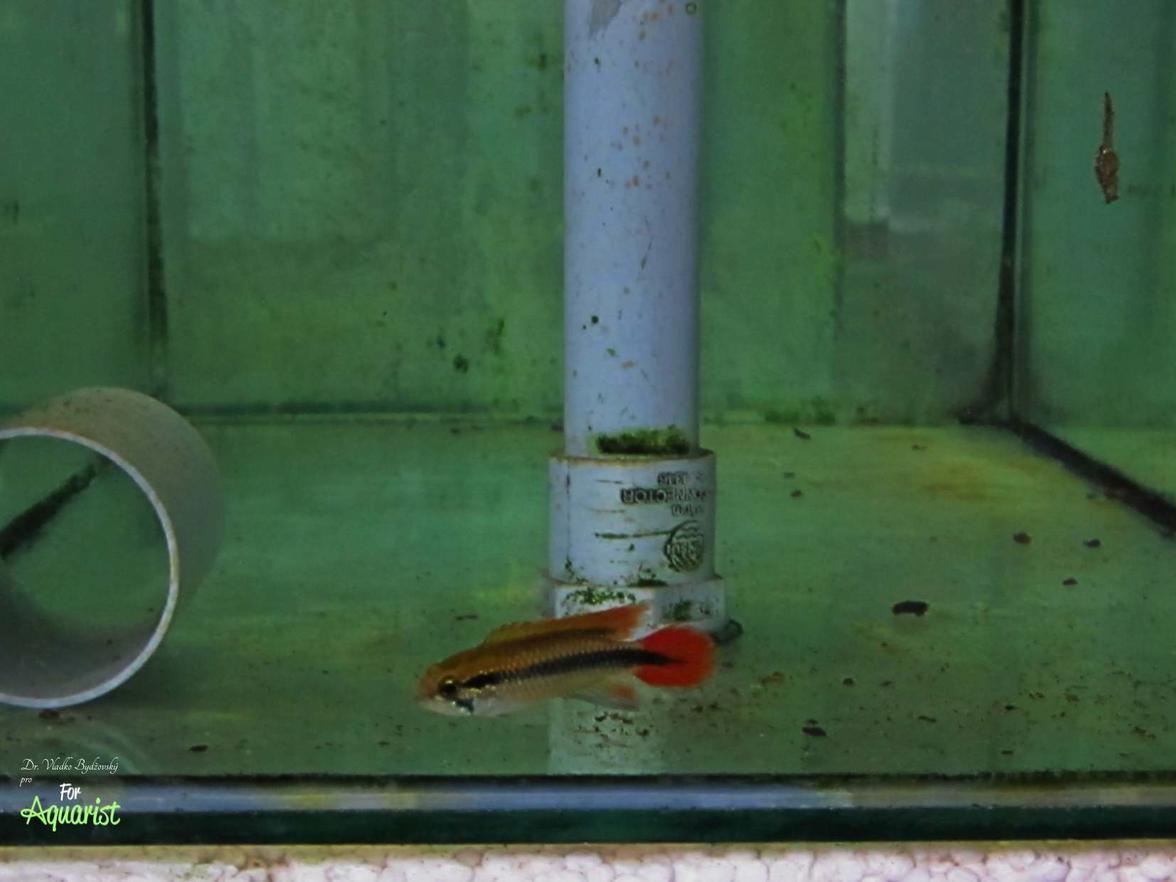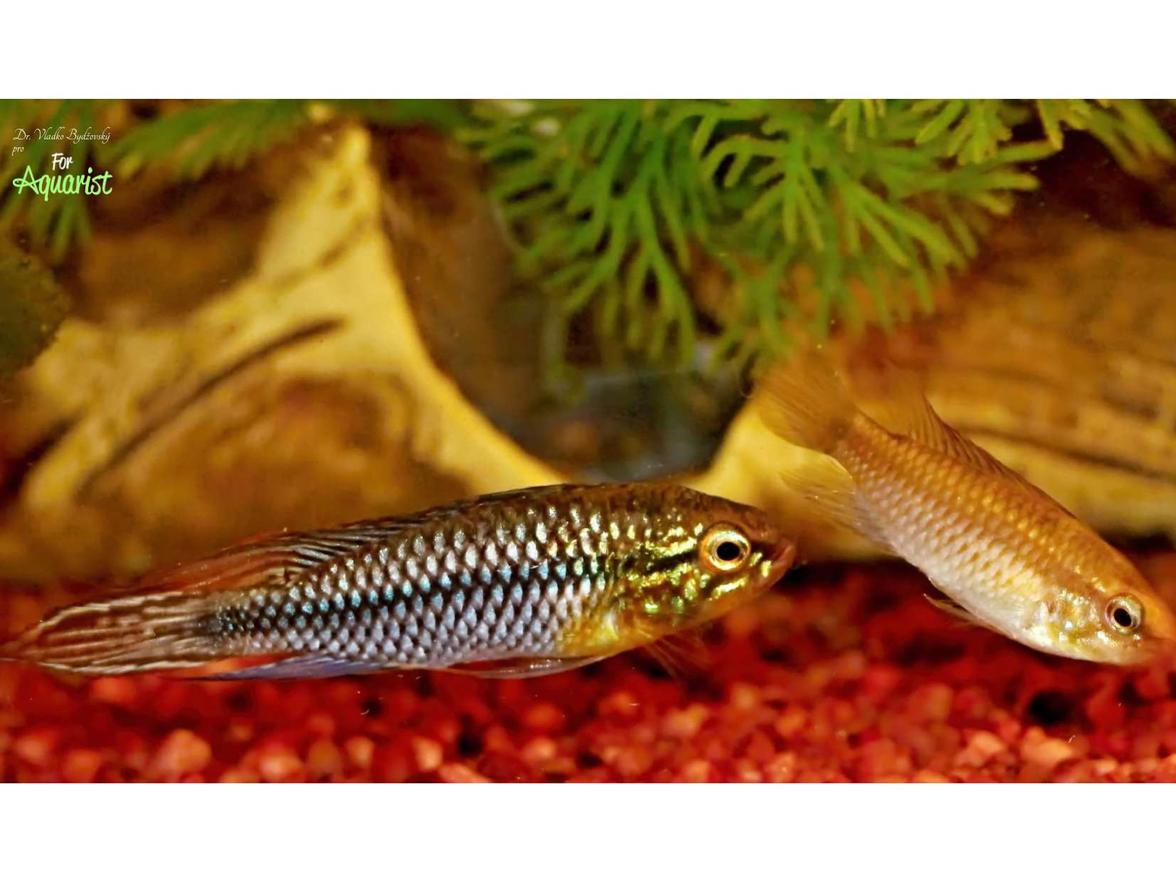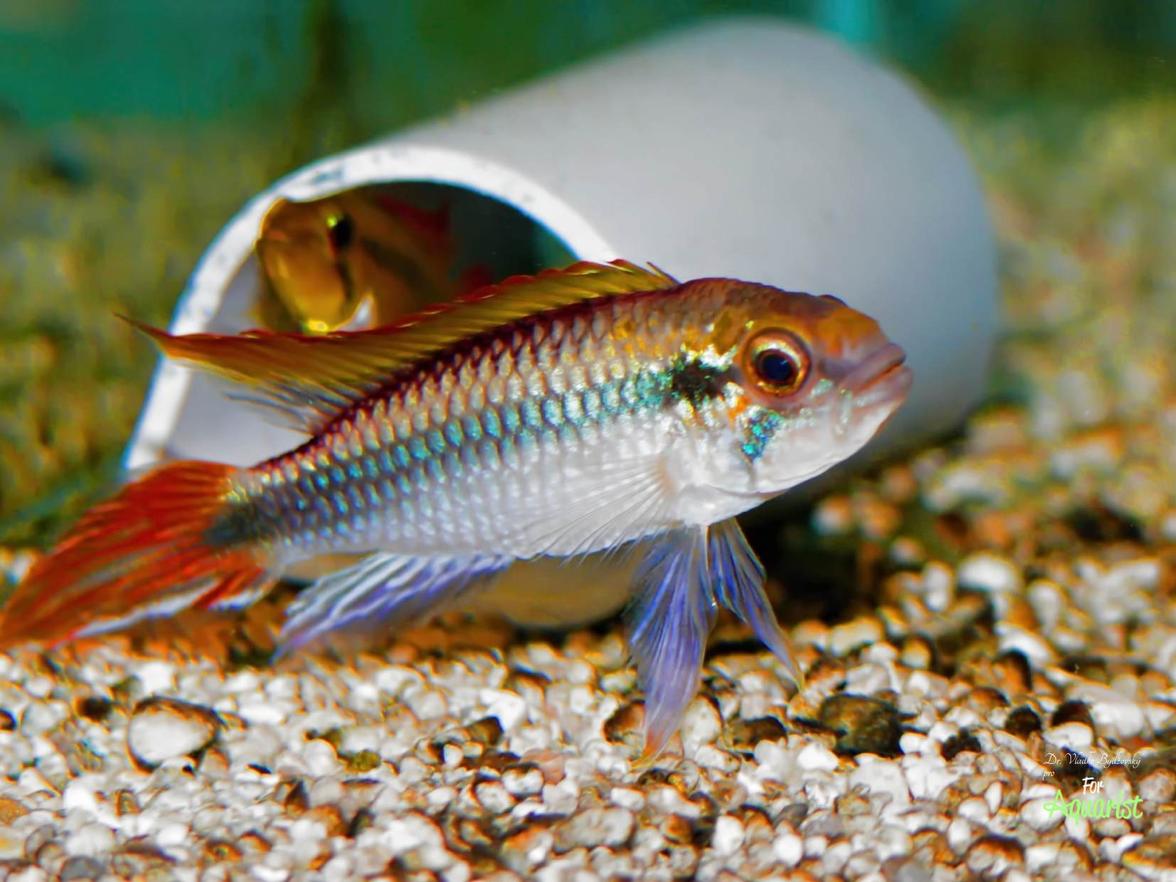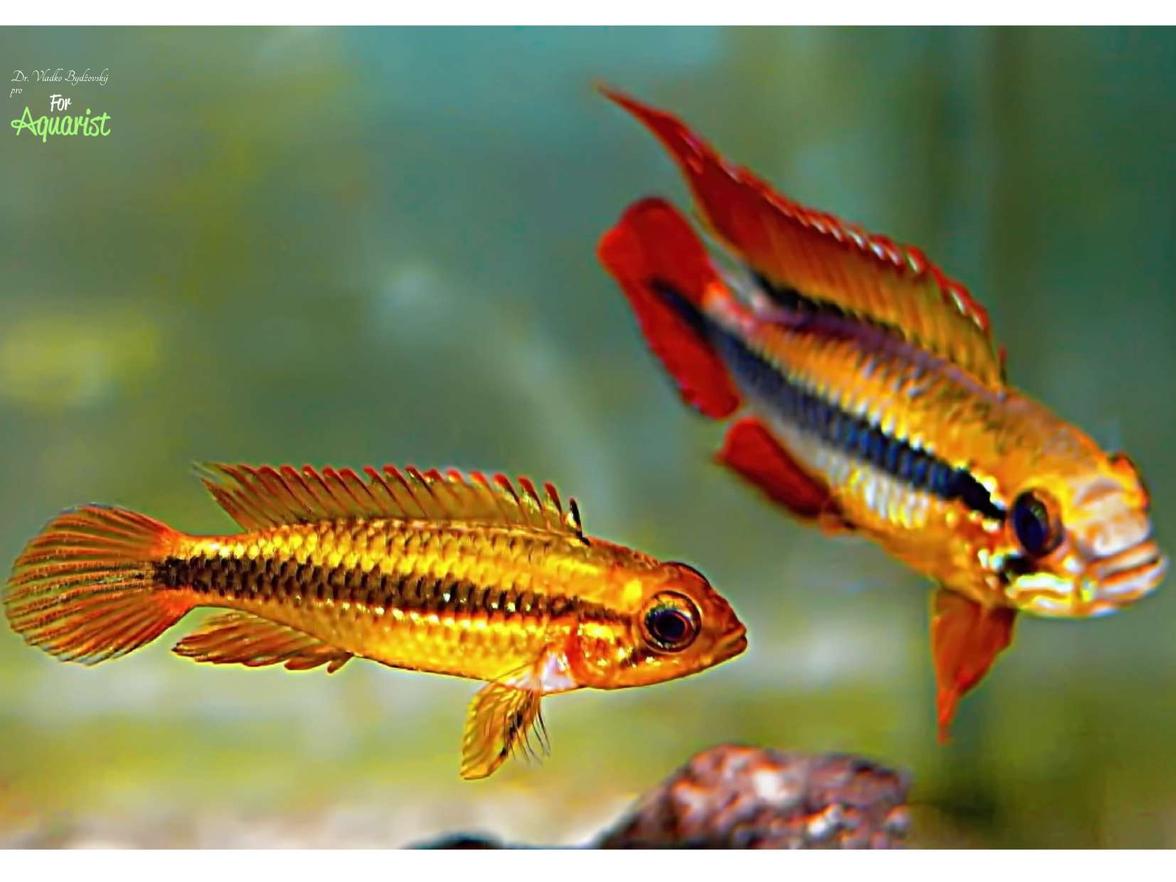Agassiz's dwarf cichlid (Apistogramma agassizii) is an absolute classic for experienced aquarists and a symbol of serious husbandry. Its native habitat consists of soft, extremely acidic blackwaters, which place specific demands on keeping.
South American cichlids attract the attention of aquarists, as it is commonly said among hobbyists, especially among narrowly specialized hobbyists. The Agassiz's cichlid, however, is proof that there are fish that every aquarist who takes this hobby seriously should have in their aquarium at least once in a lifetime. Just as the neon tetra is a symbol for tetras, the peacock eye for livebearers, something similar is Gardner’s halančík for halančítky. No cichlid can in life miss the chance to explore the secrets and achievements of breeding and raising this perhaps the most famous cichlid. In Europe it has been known since 1909.
The discoverer was a famous man
The species name of the fish is after its discoverer. Prof. Jean Louis Rodolphe AGASSIZ was born in Swiss in 1807. He studied in Heidelberg and, after years of study, also disappointed, traveled to the USA, where in 1848 he was named professor at the renowned Harvard University. Only in his 58th year did he first travel to Brazil. Fish from the Amazon basin were his first scientific work, when, still during his preparatory work in Munich, together with J.B. de SPIX he evaluated the botanist K.F.P. von MARTIUS’ collection. AGASSIZ collected also much other ichthyologically interesting material until his death in 1873.
Origin
The species nameis given to the fishafter its discoverer. Prof. Jean Louis Rodolphe AGASSIZ was born in Switzerland in 1807. He studied in Heidelberg and, after many years of study, but also disappointment, traveled to the USA, where in 1848 he was appointed professor at the renowned Harvard University. Only in his sixtieth year did he first undertake a journey to Brazil. The fish from the Amazon basin were his first scientific work, when he, still during his preparatory work in Munich, together with J.B. de Spix evaluated the botanist K.F.P. von Martius’ collection. AGASSIZ collected also many other ichthyologically interesting materials before his death in 1873.
Place of origin
The vastness begins according to KULLANDER to the southwest of Peru at the lower reaches of the Ucayali River and the middle reaches of the Yavari River, extending through the Amazon region up to the town of Santarém and Monte Alegre. The southwestern region was identified around Requena in Peru, with additional occurrences in Brazil at the lower Rio Negro and Rio Madeira near Porto Velho.
Here they live in primary rainforest locations in fine, slow-moving waters, where many leaves and surrounding trees are attacked. They occur in all types of waters, from clear to white and extremely soft and acidic black waters, where hardness is less than 1° dH, electrical conductivity 10-20 μS/cm, pH 4.3-6.8, water temperature 23-30°C.
In Peru they live in neons common (Paracheirodon innesi), Monocirrhus polyacanthus, Gymnotus carapo, Crenicichla lucius, from halančíků např. Rivulus atratus, voracious tetra Erythrinus erythrinus. In Brazilian found in Copella nattereri, young individuals Hoplias malabaricus, cichlids Satanoperca jurupari, Aequidens pallidus, Acarichthys heckelii, Hypselecara coryphanoides, Biotodoma wawrini, Taeniacara candidi, Apistogramma regani and Apistogramma pertensis, as well as halančík rodu Rivulus (cit. STAECK, 2003). Given that it occurs not far from two main centers of South American aquarium export, Manaus and Iquitos, it is still present in quite large numbers imported to Europe. New color variants continue to appear.
Color variants
Males of this species are very color-different. They reach up to 9 cm, females up to 5 cm. In nature three basic color variants occur, blue, red and yellow. In the lower basin of the Ucayali and upper Amazon they have males with strongly extended yellow on the head, chest and central white area. The dorsal and lower tail fin is pale light blue or yellowish. From the Iquitos region they have a white chest and white abdomen area. In the lower Nanay and Ampiyacu rivers they have orange or reddish-orange tail fins, with orange or brownish body. In the lower Rio Negro they have strongly extended yellow on the head and chest and orange-brown shading on the tail fin. From the Rio Tefi, the fish have noticeable brown patches and winding red zigzag sublateral stripes on the lower half of the head (cit. STAECK, 2003). Typical individuals, as originally described in his work “Beiträge zur Kenntnis der Chromiden des Amazonasstromes” under the name Geophagus (Mesops) agassiziiDr. Franz STEINDACHNER, thus a blue variant, originate from the area of the mouth of the Rio Negro near Manaus. In modern times there are many color variants from various breeding not only European aquarists.
Aquarium for Agassiz’s cichlids
Because males are typically more territorial, it is better to set up a larger, longer aquarium. It should be at least 80-100 cm long if we want to keep several individuals of the species together. Then each individual can have its own territories, separated by enough hiding places. A sufficient number of hides for the females is also necessary. Ideally different ceramic tubes or the stem of a plant. This will help maintain relatively solid and harmonious relations among individuals. As I constantly state, in one aquarium there should be only one male. When there are more, we need more hides, including many plants. A more aggressive male will, after a certain time, overpower its weaker rival to death. It is better for other males to be kept in different aquariums. Best in neighboring tanks. Here we can observe similar fights across the glass as with Bettas (Betta splendens). A high-quality filtration and regular water changes are important. The fish do not like strong water currents in the aquarium. If we have sufficiently planted and well-lit (not intense, but at least 12 hours/day) aquariums, it is possible to run without filtration if there is a suitable smaller number of fish. Of course with an appropriate smaller number of fish.
The bottom of the tank should be well covered with a fine sand of grain size 3-5 mm, for the beautiful colorations of the males it is better to have a darker color. This then provides good protection similar to shaded areas around platinums. Inthe room should be cooler, though for keep and hardness up to 20° dGH is not a problem. I keep the temperature around 24°C.
If you mainly want to breed the fish, then we use 10-20 liter tanks with a tube or plant and stock 1-3 mature females per male.
Feeding
Most cichlids only reluctantly accept dry or prepared foods. Usually when hungry. If the fish are accustomed to this food from a young age, they will accept it. However, they will not grow to their maximum size, and their colors will not be as beautiful as with live feeding. Of those, it is best to use plankton, preferably boiled foods. These can be replaced by brine shrimp, which we can always have at home. With today's possibility to feed brine shrimp, the worry is often less. The quality of this food is equally excellent. Other suitable components, which are offered about once a day, are corrals and poppy seeds – preferably while fresh, or frozen. If I still had a set of rudd in the house, I would add them about once a day as well. The same applies to nematodes. These must be well rinsed; I still soak them for an hour in a weak green solution of malachite green before feeding.
Breeding of cichlids
The fish are quite productive with good care. The fry are counted around 60-100, sometimes more, red eggs that the fry typically stick to in the upper part of the cave. After about 2-3 days (at 26-28°C) they hatch, and after another about 5 days they become free-swimming. The fry generally take great care of their fry, but if kept very close together they can be quite aggressive toward each other. Often aggression is directed at the male when he approaches within 15-20 cm of the cave. For professional breeding, PVC tubes are used, properly cleaned and disinfected. Their average size is about 2.0-2.5 cm, length about 8-10 cm.
For own breeding of the hatched fry we use fine nauplii of brine shrimp, small fry. Again here I point out the necessity of strict cleanliness in the tank to prevent frequent, unnecessary fry mortality. We gradually perform water changes with fresh water, which can also be tap water if we live in southern Bohemia, northern Moravia and some parts of northern Czechia and eastern Bohemia. Water in the tap is still soft here. After 5-6 months good care we can expect breeding in our young ones as well.
Pictures:
- The blind arm on the lower Rio Ucayali is home to a number of cichlids.
- A small stream on the lower Rio Yavari was home not only to cichlids but also to tetras and catfish.
- Apistogramma agassizii – male.
- About 40-liter species tank for cichlids.
- Simple stand for cichlids for a Czech aquarium enthusiast.
- 20-liter incubator for cichlids. Traditionally simple, just a plastic tube and a properly prepared pair of fish.
- Stand at a professional breeder.
- Hatchery for cichlids in southwestern Malaysia with a total volume of 300 000 l.
- Egg incubators of Malaysian professional breeders strongly resemble incubators of some Czech cichlids. In Fig. a 20-liter tank.
- Agassizii cichlids thrive in a common tank – in the figure Apistogramma agassiziiRio Mamoré.
- Typically the female guards the fry in a cave, the male guards the surroundings.
- Perhaps the most popular variant of agassizka is its color variant “double red.”
